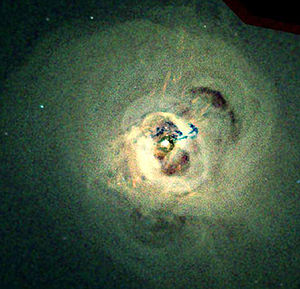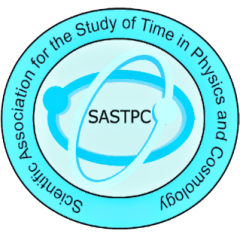Thursday, June 26, 2014
Confirmed: That Was Definitely the Higgs Boson Found at LHC

Einsteins biggest blunder? The 25-year-old supernova that could change the speed of light forever

New Math Technique Improves Atomic Property Predictions to Historic Accuracy

We may have just glimpsed dark matter, about 240 million light years away

Supermassive black hole trio discovered

Catching A Gravitational Wave

Clumped galaxies give General Relativity its toughest test yet



